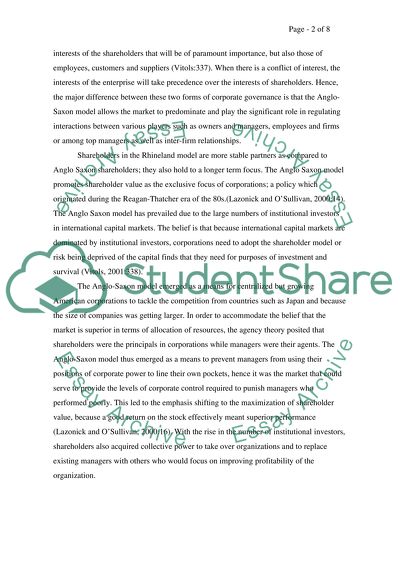Cite this document
(“Comparative Corporate Governance Essay Example | Topics and Well Written Essays - 2500 words”, n.d.)
Comparative Corporate Governance Essay Example | Topics and Well Written Essays - 2500 words. Retrieved from https://studentshare.org/miscellaneous/1549833-comparative-corporate-governance
Comparative Corporate Governance Essay Example | Topics and Well Written Essays - 2500 words. Retrieved from https://studentshare.org/miscellaneous/1549833-comparative-corporate-governance
(Comparative Corporate Governance Essay Example | Topics and Well Written Essays - 2500 Words)
Comparative Corporate Governance Essay Example | Topics and Well Written Essays - 2500 Words. https://studentshare.org/miscellaneous/1549833-comparative-corporate-governance.
Comparative Corporate Governance Essay Example | Topics and Well Written Essays - 2500 Words. https://studentshare.org/miscellaneous/1549833-comparative-corporate-governance.
“Comparative Corporate Governance Essay Example | Topics and Well Written Essays - 2500 Words”, n.d. https://studentshare.org/miscellaneous/1549833-comparative-corporate-governance.


